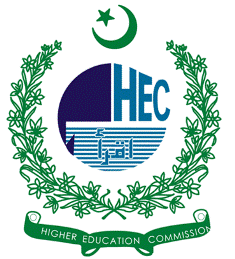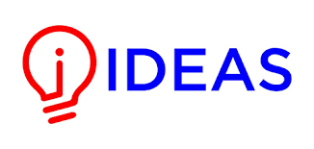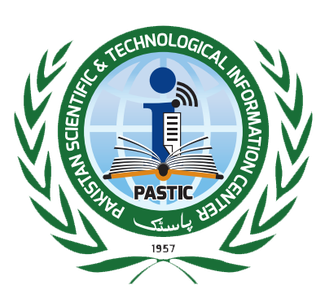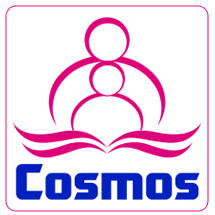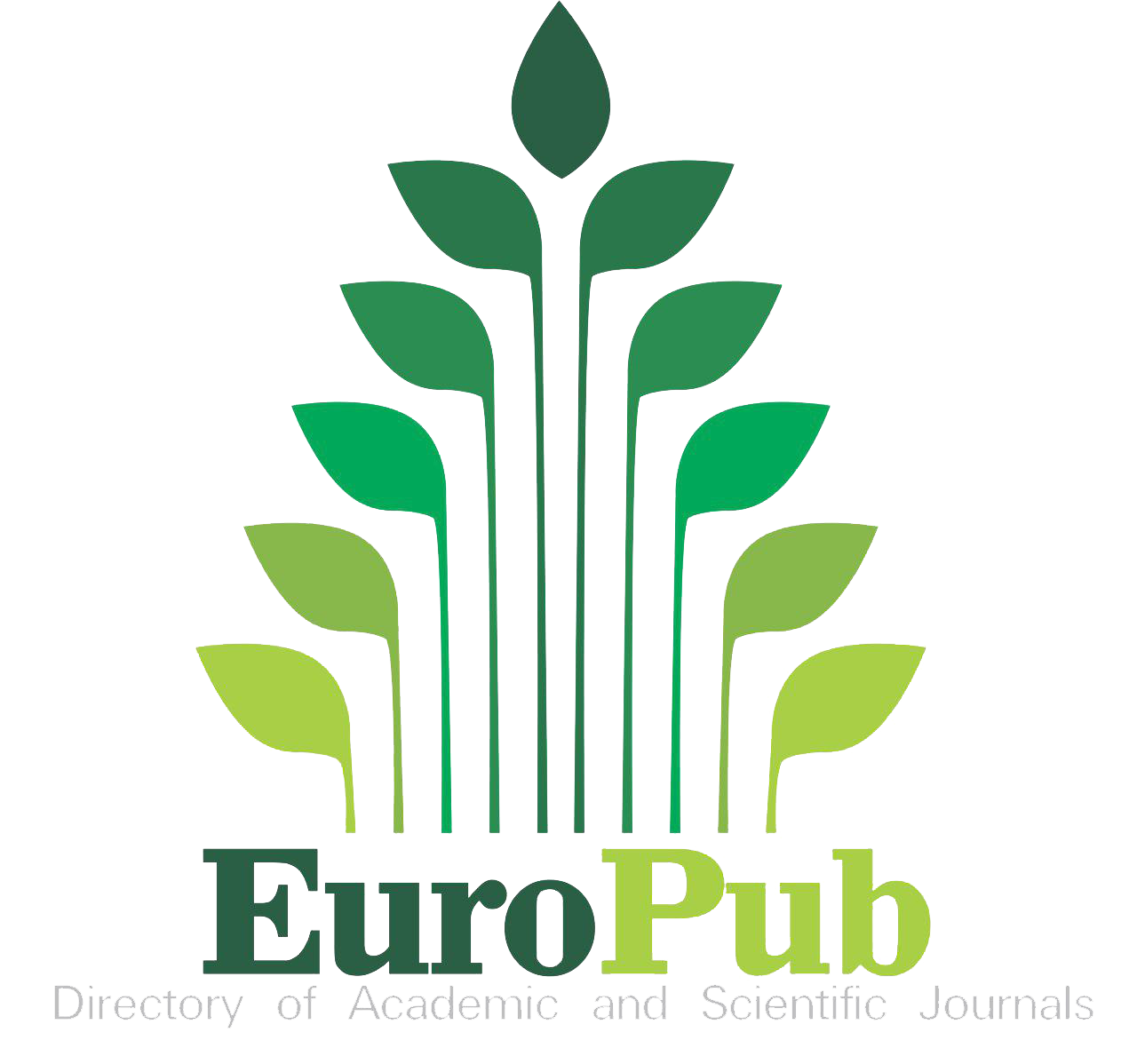Machine Translation of Quranic Verses: A Transformer-Based Approach to Urdu Rendering
Keywords:
Machine Translation, Quranic Text Translation, Transformer Model, Arabic to Urdu Translation, Neural Machine Translation (NMT)Abstract
Translate Quranic Arabic into Urdu is a Challenge due to linguistics and theological differences. While machine translation has advanced significantly, transformer-based Neural Machine Translation (NMT) models have not yet been utilized for Quranic Arabic to Urdu translation. This study addresses this gap by developing a transformer-based model that ensures accurate and context-sensitive translation of Quranic verses. A dataset has been initialized that contains Quranic Arabic text and Urdu translation of respected. I performed preprocessing on the dataset by applying it towards tokenization, stemming, and lemmatization, without compromising the theological nature of the theme. To enrich the model to mine the linguistic and stylistic cues, transformer architectures such as Helsinki NLP/MiarinMT were used with the transfer learning. Finally, the model was evaluated for theological correctness by Islamic scholars, and, secondly, by some automated metrics (BLEU, Rouge, and Cosine Similarity). Results show that the transformer model is a better model by far that provides better translation quality in the sense that meanings are preserved, that is, contextual meaning as well as religious meaning, implying better accessibility to Urdu-speaking Muslims. This research proposes a new approach to the problem of translating sacred texts and solves, albeit theologically correct, otherwise unsolvable problems in Quranic translation, computational linguistics, and AI development. This research introduces a novel approach to Quranic translation, and Future work will explore multimodal learning for deeper contextual understanding.
References
Mohamed, S. A., Elsayed, A. A., Hassan, Y. F., & Abdou, M. A. (2021). Neural machine translation: Past, present, and future. Neural Computing and Applications, 33(23). https://doi.org/10.1007/s00521-021-06268-0
Zakraoui, J., Saleh, M., Al-Maadeed, S., & Alja’am, J. M. (2021). Arabic machine translation: A survey with challenges and future directions. IEEE Access, 9, 161445–161468.
Rauf, S. A. (2023). Development of Urdu-English Religious Domain Parallel Corpus. Proceedings of the Second Workshop on Corpus Generation and Corpus Augmentation for Machine Translation, 14–21.
Ameur, M. S. H., Meziane, F., & Guessoum, A. (2020). Arabic machine translation: A survey of the latest trends and challenges. Computer Science Review, 38, 100305.
Vaswani, A., Shazeer, N., Parmar, N., Uszkoreit, J., Jones, L., Gomez, A. N., Kaiser, Ł., & Polosukhin, I. (2017). Attention is all you need. Advances in Neural Information Processing Systems, 30.
Al-Sukhni, E., Al-Kabi, M. N., & Alsmadi, I. M. (2016). An automatic evaluation for online machine translation: Holy Quran case study. International Journal of Advanced Computer Science and Applications, 7(6), 118–123.
Munday, J., Pinto, S. R., & Blakesley, J. (2022). Introducing Translation Studies: Theories and Applications. Routledge.
Devlin, J., Chang, M.-W., Lee, K., & Toutanova, K. (2019). BERT: Pre-training of deep bidirectional transformers for language understanding. Proceedings of NAACL-HLT 2019, 4171–4186.
Singh, M., Kumar, R., & Chana, I. (2021). Machine translation systems for Indian languages: Review of modelling techniques, challenges, open issues and future research directions. Archives of Computational Methods in Engineering, 28(4), 2165–2193. https://doi.org/10.1007/s11831-020-09449-7
Muneer, I., & Nawab, R. M. A. (2022). Develop corpora and methods for cross-lingual text reuse detection for English-Urdu language pair at lexical, syntactical, and phrasal levels. Language Resources and Evaluation, 56(4). https://doi.org/10.1007/s10579-022-09613-4
Alsohybe, N., Dahan, N., & Ba-Alwi, F. (2017). Machine-translation history and evolution: Survey for Arabic-English translations. Current Journal of Applied Science and Technology, 23(4). https://doi.org/10.9734/CJAST/2017/36124
Hamed, H., Helmy, A., & Mohammed, A. (2022). Holy Quran-Italian seq2seq Machine Translation with Attention Mechanism. 2022 2nd International Mobile, Intelligent, and Ubiquitous Computing Conference (MIUCC), 11–20. https://doi.org/10.1109/MIUCC55081.2022.9781781
Gamal, D., Alfonse, M., Jiménez-Zafra, S. M., & Aref, M. (2023). Case study of improving English-Arabic translation using the transformer model. International Journal of Intelligent Computing and Information Sciences, 23(2). https://doi.org/10.21608/ijicis.2023.210435.1270
Abdelkarim, M. B., & Alhaj, A. A. (2023). Probing the meaning loss in the translation of Arabic Qur’ānic connotative words into English: A linguistic semantic perspective. Theory and Practice in Language Studies, 13(10), 2644–2651.
Abbasi, K. M., Awan, M. A., & Ismail, T. (2025). A deep learning approach to semantic clarity in Urdu translations of the Holy Quran. International Journal of Innovations in Science & Technology, 7(01), 259–271.
Ismail, T., Awan, M. A., & Khaleeq, D. (2025). Exploring contextual similarity in Quranic Ayahs: A case study of Surah Al-Baqarah and Aal-e-Imran in Urdu translations. International Journal of Innovations in Science & Technology, 7(01).
Tariq, M., Awan, M. A., & Khaleeq, D. (2025). Developing a Quranic QA system: Bridging linguistic gaps in Urdu translation using NLP and Transformer model. International Journal of Innovations in Science & Technology, 7(01).
Daud, A., Khan, W., & Che, D. (2017). Urdu language processing: A survey. Artificial Intelligence Review, 47. https://doi.org/10.1007/s10462-016-9482-x
Zubair, H. B., Sadia, S., & Sibtain, M. (2020). A translation study of selected Surahs of Holy Quran on comparative analytical basis of human translation vs machine translation. International Journal of Linguistics and Culture, 1(2).
Setiyono, J., Bagiya, B., & Nasrudin, N. (2023). Authenticity and readability of Google Translate translating religious texts related to character education written in English into Indonesian. Prosiding Konferensi Linguistik Tahunan Atma Jaya (KOLITA), 21(21).
Subakan, C., Ravanelli, M., Cornell, S., Bronzi, M., & Zhong, J. (2021, June). Attention is all you need in speech separation. In ICASSP 2021-2021 IEEE International Conference on Acoustics, Speech and Signal Processing (ICASSP) (pp. 21-25). IEEE.
Baniata, L. H., Ampomah, I. K., & Park, S. (2021). A transformer-based neural machine translation model for Arabic dialects that utilizes subword units. Sensors, 21(19), 6509.
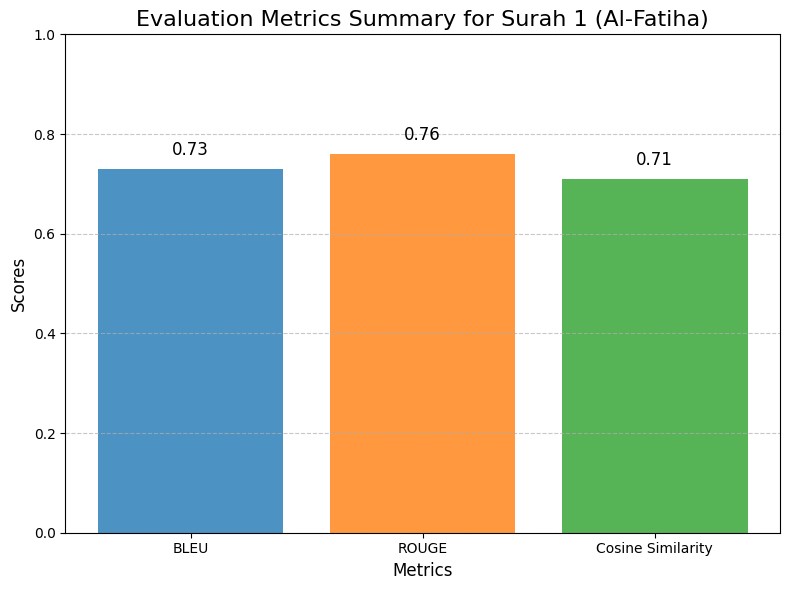
Downloads
Published
How to Cite
Issue
Section
License
Copyright (c) 2025 50Sea

This work is licensed under a Creative Commons Attribution 4.0 International License.

